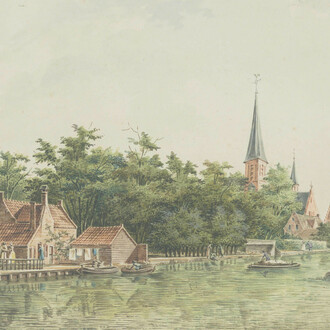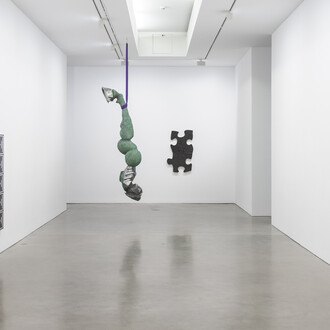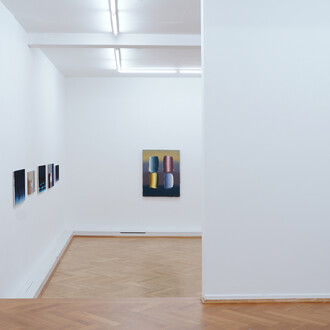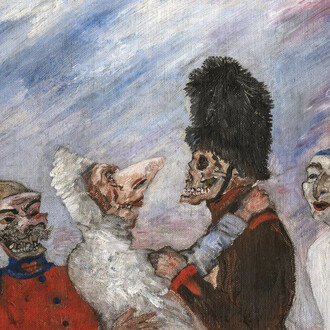Twice in his life, Paul Klee (1879 – 1940) was drawn to North Africa for study purposes, joining a long tradition of artists’ journeys to the “Orient”. The beginning of his art career took him to Tunisia, and as an established artist and teacher at the Bauhaus he travelled to Egypt. The Museum Berggruen is dedicating a concentrated special presentation to Klee’s works in the Nationalgalerie Collection whose origins are connected with his travels to North Africa. These works are complemented by five generous loans from the Kunstsammlung Nordrhein-Westfalen, Düsseldorf.
Klee’s two-week study tour with August Macke and Louis Moilliet in 1914, which has entered the canon of art history as his “trip to Tunis”, was game-changing for Klee’s art: In more than forty watercolours and drawings he intensified the colouration and largely removed the representational references from his motifs. Klee transformed architecture and landscapes into abstract, grid-like fields of colour, as for example in his watercolour Rote und weisse Kuppeln (Red and White Cupolas).
Klee had already laid out this new visual language in a watercolour he painted shortly before the trip, Erinnerung an einen Garten (Remembrance of a Garden). Klee, himself, stressed that the trip to Tunis brought about this development in colour and form in his work. An oft-quoted passage is found in his diary that he revised after the journey:
“It penetrates so deeply and so gently into me, I feel it gives me confidence in myself without effort. Colour possesses me. I don’t have to pursue it. It will possess me always, I know it. That is the meaning of this happy hour: Colour and I are one. I am a painter.”
In the following years Klee always fell back on the artistic approaches he perfected in the Mediterranean climate, even in his depictions of nature in Central Europe.
Klee travelled to Egypt in 1928–29. Although the artist’s letters and postcards expressed his disappointment about the architecture and living conditions he found there, the natural surroundings filled him with enthusiasm. Klee’s impressions mostly found their expresion after his journey, for instance in the painting Nekropolis (Necropolis) done shortly after his return.
Paul Klee’s trip to Egypt is associated with a principle that the artist called “cardinal progression”. It is manifested in the strongly geometricised forms of his stripe paintings, such as his work vermessene Felder (Surveyed Fields), which was inspired by the arrangement of fields that the artist saw along the Nile.
















